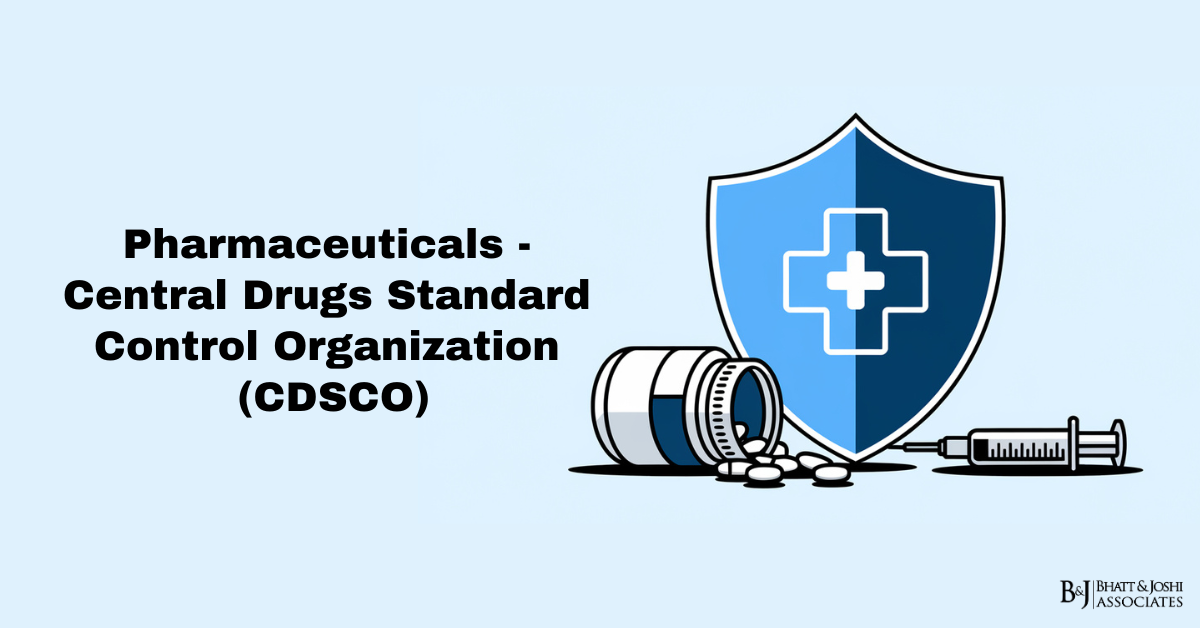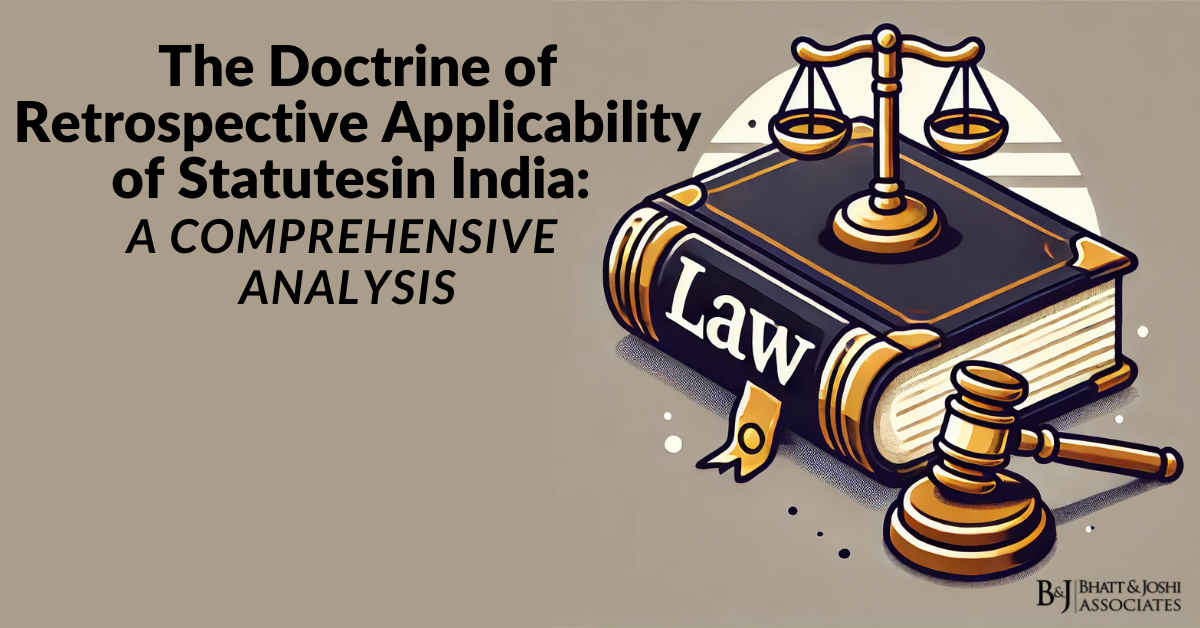Introduction to CDSCO
The pharmaceutical industry in India is a complex and rapidly evolving sector, playing a crucial role in global healthcare. At the heart of regulating this vast industry is the Central Drugs Standard Control Organization (CDSCO), operating under the Directorate General of Health Services, Ministry of Health & Family Welfare, Government of India. The CDSCO is tasked with the monumental responsibility of ensuring the safety, efficacy, and quality of drugs, cosmetics, diagnostics, and medical devices in India.
Historical Context and Evolution of CDSCO
The roots of pharmaceutical regulation in India can be traced back to the Indian Drugs Act of 1940, which was enacted during the British colonial era. However, it was the Drugs and Cosmetics Act of 1940 and the subsequent Rules of 1945 that laid the foundation for the modern regulatory framework. The CDSCO, as we know it today, emerged from these legislative efforts, evolving over the decades to meet the changing demands of the pharmaceutical landscape.
In the early years, the focus was primarily on controlling the import of drugs and ensuring basic quality standards. As India’s pharmaceutical industry grew, especially post-independence, the need for a more comprehensive regulatory body became apparent. The CDSCO’s role expanded significantly in the 1960s and 1970s, coinciding with India’s push towards self-reliance in drug manufacturing.
A pivotal moment came in 1988 with the establishment of the office of the Drug Controller General of India (DCGI) under the CDSCO. This move centralized the approval process for new drugs and clinical trials, marking a shift towards a more coordinated national approach to pharmaceutical regulation.
Organizational Structure and Functions of CDSCO
Hierarchical Structure
At the apex of the CDSCO is the Drug Controller General of India (DCGI), who serves as the head of the organization. The DCGI is supported by a network of zonal, sub-zonal, and port offices across the country. This hierarchical structure ensures a balance between centralized policy-making and decentralized implementation.
Key Functions
- New Drug Approval: The CDSCO is responsible for approving new drugs for manufacture, import, and marketing in India. This process involves rigorous evaluation of clinical trial data, manufacturing processes, and safety profiles.
- Clinical Trial Oversight: The organization regulates the conduct of clinical trials in India, ensuring they adhere to ethical standards and Good Clinical Practice (GCP) guidelines.
- Import Regulation: CDSCO controls the import of drugs, medical devices, and cosmetics into India, issuing necessary licenses and certificates.
- Quality Control: Through its network of laboratories, CDSCO conducts quality testing of drugs and cosmetics.
- Pharmacovigilance: The organization operates the Pharmacovigilance Programme of India (PvPI) to monitor and report adverse drug reactions.
- Licensing and Inspection: CDSCO issues licenses for manufacturing, sale, and distribution of drugs and conducts regular inspections to ensure compliance.
Legislative Framework
Drugs and Cosmetics Act, 1940
This foundational act provides the legal framework for regulating the import, manufacture, distribution, and sale of drugs and cosmetics in India. It defines what constitutes a drug, sets standards for quality, and outlines penalties for non-compliance.
Drugs and Cosmetics Rules, 1945
These rules complement the Act by providing detailed guidelines on various aspects such as licensing, good manufacturing practices, labeling requirements, and clinical trials.
Pharmacy Act, 1948
While not directly under CDSCO’s purview, this Act regulates the profession of pharmacy and is crucial in the overall pharmaceutical regulatory landscape.
Drugs and Magic Remedies (Objectionable Advertisements) Act, 1954
This Act prohibits misleading advertisements related to drugs and traditional remedies, an area where CDSCO plays a monitoring role.
Narcotic Drugs and Psychotropic Substances Act, 1985
CDSCO works in conjunction with the Narcotics Control Bureau to regulate the manufacture and distribution of controlled substances.
Drugs (Prices Control) Order, 2013
While pricing is primarily under the National Pharmaceutical Pricing Authority, CDSCO plays a role in providing technical inputs.
Recent Regulatory Developments
New Drugs and Clinical Trials Rules, 2019
These rules have significantly overhauled the clinical trial landscape in India. Key features include:
- Specified timelines for approval of clinical trials
- Provisions for accelerated approval of drugs in specific cases
- Enhanced focus on ethical conduct and compensation for trial participants
Medical Devices Rules, 2017
Recognizing the unique nature of medical devices, these rules provide a separate regulatory framework, classifying devices based on associated risks and specifying conformity assessment procedures.
Draft New Drugs, Medical Devices and Cosmetics Bill, 2022
This proposed legislation aims to replace the Drugs and Cosmetics Act, 1940. It includes provisions for regulating e-pharmacies, medical devices as a separate category, and increased penalties for non-compliance.
Regulatory Processes and Mechanisms
Drug Approval Process
The drug approval process in India is a multi-stage affair, involving:
- Pre-clinical Studies: Conducted on animals to assess safety and efficacy.
- Clinical Trial Application: Submitted to CDSCO for approval.
- Phase I to III Clinical Trials: Conducted to establish safety and efficacy in humans.
- New Drug Application: Submitted with comprehensive data for marketing approval.
- Expert Committee Review: Conducted by subject experts appointed by CDSCO.
- Final Approval: Granted by DCGI based on positive recommendations.
Good Manufacturing Practices (GMP)
CDSCO enforces strict GMP guidelines, aligning with international standards. Regular inspections are conducted to ensure compliance. Non-compliance can lead to license suspension or cancellation.
Pharmacovigilance
The Pharmacovigilance Programme of India (PvPI), established in 2010, is a crucial mechanism for post-marketing surveillance. It involves:
- Adverse Drug Reaction (ADR) monitoring centers across the country
- A national database for ADR reporting
- Signal detection and analysis for potential safety issues
Import Regulation
For imported drugs, CDSCO requires:
- Registration Certificate for the foreign manufacturer
- Import license for the Indian importer
- Compliance with quality standards as per Indian Pharmacopoeia
Challenges and Controversies
Clinical Trial Regulations
India’s clinical trial regulations have been a subject of intense debate. In 2013, stringent rules led to a significant drop in clinical trials. Subsequent reforms, including the New Drugs and Clinical Trials Rules, 2019, aimed to strike a balance between ethical concerns and industry needs.
Case Study: Compensation in Clinical Trials
The case of “Swasthya Adhikar Manch v. Union of India” (Writ Petition (Civil) No. 33 of 2012) was pivotal in shaping India’s approach to clinical trial compensation. The Supreme Court’s interventions led to the development of comprehensive compensation guidelines for trial-related injuries or deaths.
Quality Control Issues
Several high-profile cases have highlighted challenges in maintaining drug quality:
- The Cough Syrup Tragedy (2020): Deaths of children in Jammu & Kashmir linked to adulterated cough syrup led to increased scrutiny of manufacturing practices.
- Ranbaxy Case (2013): The US FDA’s action against Ranbaxy for data integrity issues prompted CDSCO to enhance its inspection and enforcement mechanisms.
Regulation of Fixed Dose Combinations (FDCs) CDSCO
The regulation of FDCs has been contentious. In 2016, the government banned 344 FDCs, citing lack of therapeutic justification. This decision was challenged in the Delhi High Court (Union of India v. Pfizer Limited & Ors., Civil Appeal No. 22972 of 2017). The Supreme Court’s subsequent ruling upheld the government’s power to prohibit FDCs but called for a more structured approach to evaluation.
International Collaborations and Harmonization Efforts
CDSCO actively participates in global regulatory forums, aiming to align Indian standards with international best practices:
- ICH Observer Status: India gained observer status in the International Council for Harmonisation of Technical Requirements for Pharmaceuticals for Human Use (ICH) in 2016, signaling its commitment to global regulatory standards.
- WHO Collaborations: CDSCO works closely with the World Health Organization on various initiatives, including the WHO Prequalification Programme.
- Bilateral Agreements: CDSCO has signed Memorandums of Understanding (MoUs) with several countries, including the US FDA, for information sharing and capacity building.
Future Directions and Challenges for CDSCO
Digitalization and E-Governance
CDSCO is in the process of implementing the SUGAM portal, a comprehensive online system for various regulatory processes. This move towards e-governance aims to enhance transparency and reduce approval timelines.
Capacity Building
With the rapid growth of the pharmaceutical sector, CDSCO faces the challenge of scaling its regulatory capacity. Efforts are underway to increase staffing and enhance technical expertise.
Regulation of Emerging Technologies
The advent of personalized medicine, gene therapies, and biosimilars presents new regulatory challenges. CDSCO is working on developing guidelines for these emerging areas.
Harmonization with Global Standards
While progress has been made, further efforts are needed to fully align Indian regulatory standards with global norms, particularly in areas like bioequivalence studies and stability testing requirements.
Conclusion: The Role of CDSCO in Pharmaceutical Regulation
The Central Drugs Standard Control Organization stands at the forefront of India’s efforts to ensure safe, effective, and quality pharmaceuticals. From its humble beginnings to its current status as a key player in the global regulatory landscape, CDSCO has evolved significantly. The organization faces the dual challenge of fostering innovation while ensuring stringent safety standards in a rapidly growing pharmaceutical market.
As India continues to cement its position as a global pharmaceutical hub, the role of CDSCO becomes ever more critical. The ongoing reforms, digital initiatives, and efforts towards international harmonization reflect a dynamic regulatory environment. However, challenges remain, particularly in areas of enforcement, capacity building, and adapting to emerging technologies.
The future of pharmaceutical regulation in India will likely see a continued push towards greater transparency, efficiency, and alignment with global standards. As CDSCO navigates these challenges, its success will be crucial not just for India’s pharmaceutical industry, but for global health outcomes. The organization’s journey reflects the broader story of India’s growth in the pharmaceutical sector – a narrative of challenges, innovations, and the relentless pursuit of excellence in healthcare regulation.














